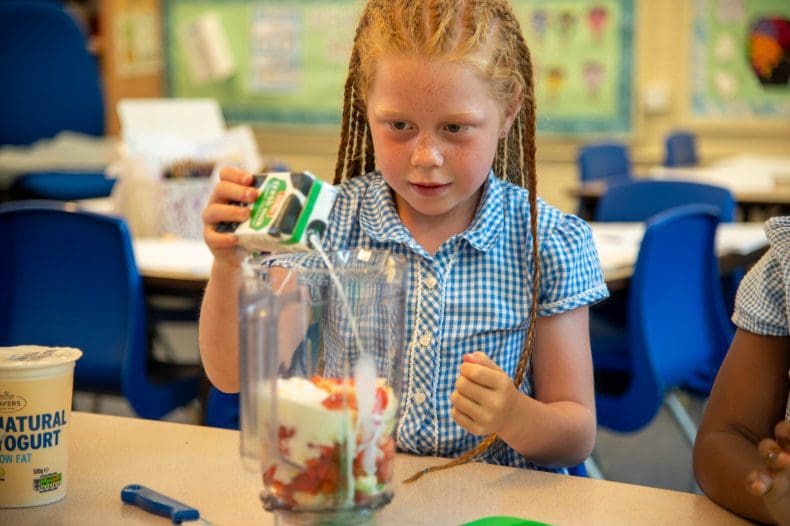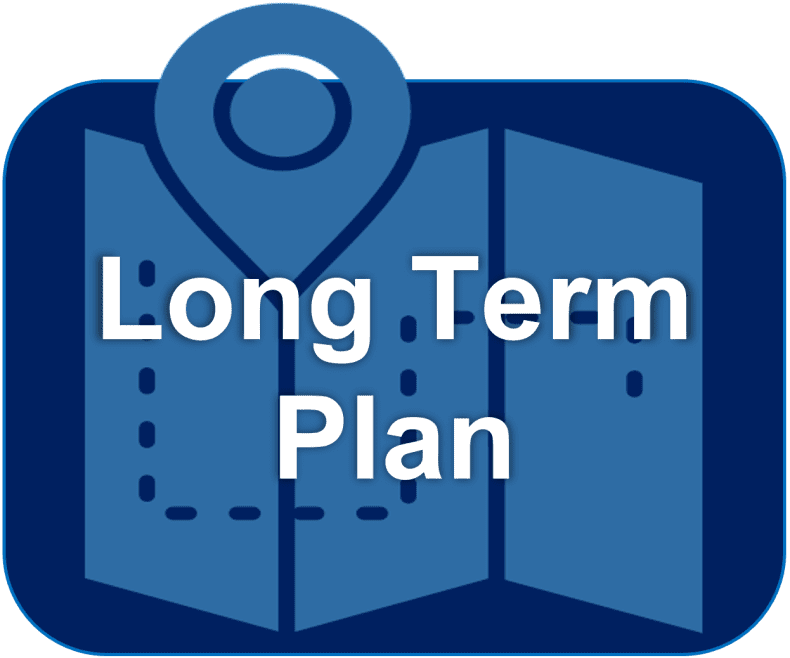
Subject leader: Miss Williams
“Design is not just what it looks like and feels like. Design is how it works.” –Steve Jobs.
At Allanson Street Primary School, we aim to provide our children with the skills and knowledge to look at how the world is built with wonder and understanding. Our bespoke Design and Technology curriculum develops key knowledge and skills (as outlined by the national curriculum) whilst simultaneously ensuring a focus on the children’s interests, local area and links to other curriculum areas.
We aim for children at Allanson Street Primary School to foster their curiosity, problem solving skills, ability to innovate and resilience during their DT lessons as they come up with their own designs and products to meet a range of purposes. The skills learned in DT lessons will encourage children to believe in their own capabilities to approach new ideas, aspire to careers in the industry and show them how they can achieve what they set their minds to when creating their final products.
What will our children learn and why?
At Allanson Street Primary School, we shape our Design Technology curriculum to ensure it is fully inclusive to every child. Our aims are to fulfil the requirements of the National Curriculum by:
- Providing a bespoke, broad and balanced curriculum which is accessible to every child.
- Ensuring the progressive development of key design concepts as well as a secure knowledge of technological advances.
- Teaching key DT knowledge and skills.
- Ensuring that children see the purpose of the Design Technology curriculum and enjoy their experience of the subject.
Our DT curriculum provides the children with the opportunity to develop knowledge and skills across a range of concepts: structures, mechanisms, textiles, as well as cooking and nutrition. The progression of our curriculum ensures the children revisit their previous learning in each key stage in order to build new knowledge and skills. Children are encouraged to look back on their previous products and evaluations in their DT books as they revisit a skill in order to reflect on their previous learning and recall what they have already achieved.
We want children to use a range of materials, tools, equipment and processes throughout their time at Allanson Street Primary School. Our broad and balanced curriculum ensures that the children are given lots of opportunities to do this whilst also incorporating knowledge of engineers, architects and other key professions in the DT industry which we hope our children will aspire to.
How will we ensure that our children leave us equipped with the knowledge and skills needed to flourish in the next stage of their learning journey and beyond?
Our broad, balanced, progressive Design Technology curriculum has been created to ensure the children gain knowledge and progress their skills from EYFS to year 6.
Design Technology plays a key part in developing the children’s Physical Development and knowledge and understanding of Expressive Arts and Design in EYFS. The children have opportunities to explore their knowledge of structures, mechanisms and joining throughout continuous provision all year round to really embed the knowledge from focused activities that they take part in.
Allowing children continuous access to different materials enables them to really engage with their own design processes and delve into the problem-solving aspects of the making process when they come across a range of challenges. Children are encouraged to evaluate their products and thought processes by careful and deliberate questioning from the adults in the room.
In key stages one and two, Design Technology is taught in line with the national curriculum as an independent subject taught once a week across three half terms. It is planned across the entire school to ensure the children are given a rich education where they can develop their skills alongside their knowledge of how different processes work. The curriculum is designed to allow children to apply their previous learning continuously as they progress through school and through different aspects of the Design Technology national curriculum. Each Design Technology lesson, across both key stages, is delivered using the same blueprint of ‘Prior Learning’; ‘New Learning’; and ‘Reflection’. Lessons are organised in this way so that children continuously build and revisit knowledge, ensuring that it is remembered and stored in their long-term memory. Each new DT topic also follows the structure of introducing a design brief, with a focus on creating a product to suit a user’s purpose, at the beginning of their learning process. Teaching in this manner, we aim for the children to gain a clear understanding of what Design Technology is and the key elements of the process.
Knowledge organisers are used to support the learning of key vocabulary and the definition of key skills. The children are encouraged to continuously refer back to them in their lessons and use the vocabulary in their discussions/written work.
How will our Design Technology curriculum make a difference for our children?
We believe the learning undertaken in Design Technology sessions will enable our children to:
- Use their skills and knowledge of the way things around them work, or were made, in order to look at the world with a deeper curiosity and an ambition to discover more.
- Enjoy gaining new knowledge and skills and develop an ability to apply this learning in order to design and create new products. We hope that they will see their Design Technology learning as a path to a potential future career or at the very least a useful life skill.
- Approach new and unfamiliar situations with courage, independence and resilience whilst applying their problem-solving skills.
- Use their skills of evaluation in order to help them to judge how well something works as well as to improve their own ideas and products. We hope the children will continue to utilise this evaluative mindset to really look at products and situations in the future with a clear focus, thus enabling them to make informed decisions, always striving for the best for themselves and others.
- Feel ready for the next step in their Design Technology education at high school.
 |
 |
 |
 |
*Image Acknowledgements: icons8.com, www.iconfinder.com, jason-leung-wHddViTmSvA-unsplash.jpg


